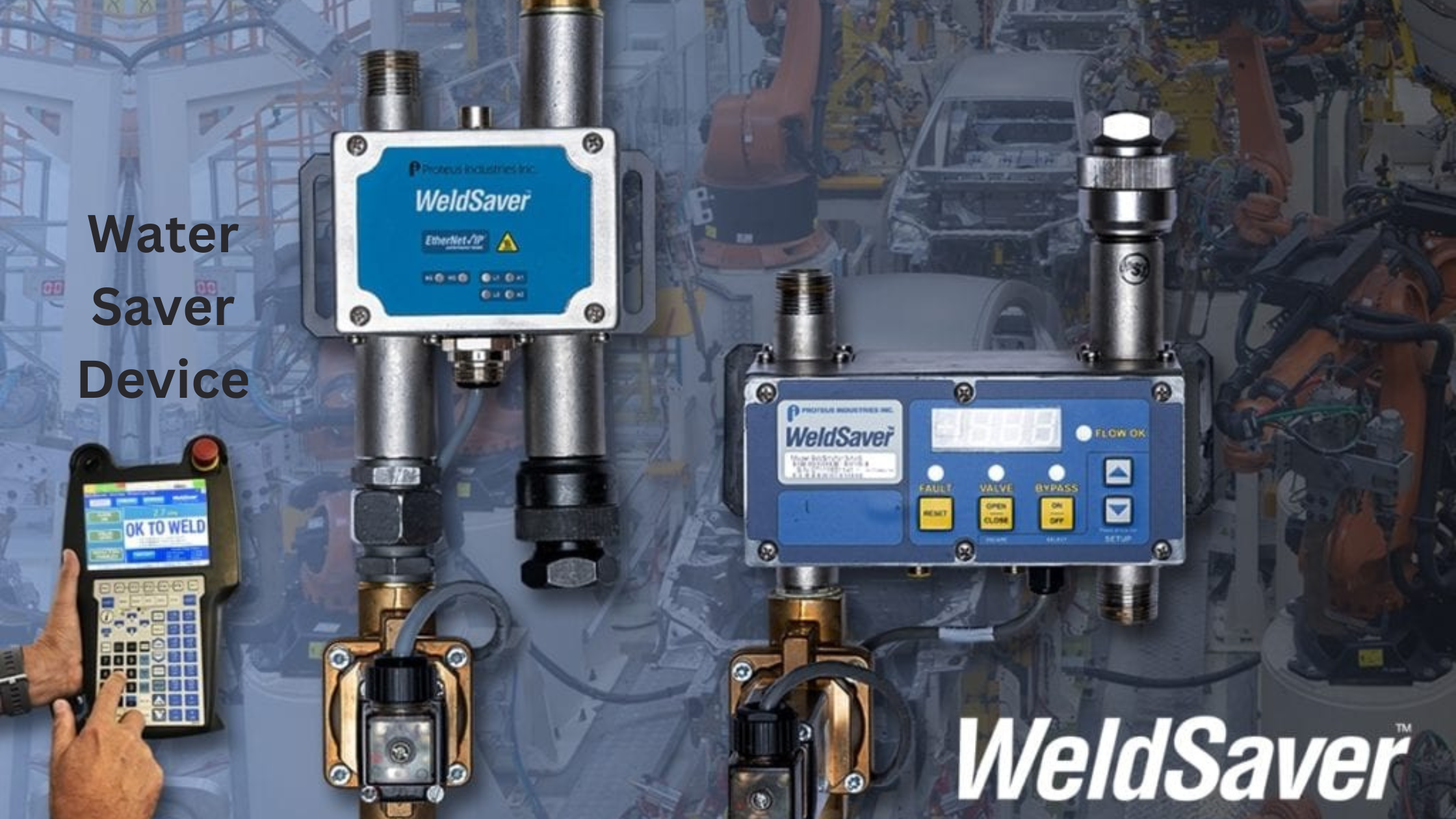Impact of Water Saver Devices on the Environment

Water is a outstanding resource, critical for all forms of life, yet it is often taken for given. With growing concerns about water scarcity and the environmental impacts of excessive water usage, water saver devices have become increasingly important. These devices, designed to reduce water consumption without compromising on functionality, play a crucial role in promoting sustainable living. In this article, we will explore what water saver devices are, water saver device why they are essential, when they should be used, and their powerful impact on the environment.
What Are Water Saver Devices?
Water saver devices are innovative tools and technologies designed to minimize water usage in various applications. These devices come in different forms and can be installed in households, industries, and agricultural settings. Some common types of water saver machines include.These toilets offer two flushing options a lower book flush for liquid waste and a higher book flush for solid waste, significantly reducing water usage.
Faucet Aerators
These small devices can be attached to faucets to mix air with water, reducing the flow rate while maintaining a steady stream, thus saving water.
Smart Irrigation Systems
These systems use sensors and weather data to optimize watering plans for gardens and topography, water saver device ensuring plants receive the right amount of water without wastage.
Why Are Water Saver Devices Essential?
Water saver machines are essential for several reasons, all of which donate to environmental conservation and sustainability. Many regions almost the world face water needs due to elements like climate change, changes in people, and the over-extraction of water aids. Water saver devices help lower the order on these finite help, making more smoke available for essential uses.Water therapy and distribution need significant pieces of energy. By reducing water usage, water-saving devices indirectly lower energy consumption and overgrown cabin gas emissions associated with water processing.For households and companies, using water saver devices cracks to lower water and energy bills. This economic stimulus stimulates more somebody to adopt water-saving technologies.Excessive water extraction from rivers, lakes, and aquifers can harm ecosystems and biodiversity. Water saver devices help maintain natural water levels, keeping habitats for plants and animals.
Promoting Sustainable Practices
The widespread adoption of water saver devices fosters a culture of sustainability and responsible water use. It encourages individuals and communities to be more mindful of their environmental impact.
When Should Water Saver Devices Be Used?
Water saver devices should be used in various strategies to maximize their environmental benefits.Inaugurating water saver devices in homes is a straightforward and effective way to reduce water consumption. Low-flow showerheads, water saver device dual-flush bathrooms, and faucet aerators can thoroughly cut home water use.
Commercial Buildings
Offices, hotels, and other commercial establishments can benefit from water saver machines by installing low-flow fixtures, efficient irrigation systems, and leak detection technologies. These efforts not only save water but also enhance the structure’s green credentials.
Industrial Applications
Industries that use large volumes of water for cooling, cleaning, water saver device or processing can execute water-saving technologies to reduce their environmental print and working costs.
The Environmental Impact of Water Saver Devices
The environmental impact of water saver devices is profound and far-reaching. By reducing water consumption, these devices contribute to several positive outcomes.Water saver devices help conserve freshwater resources, ensuring that there is enough water for future generations. This is especially important in regions that are lacking water.Lower water usage reduces the strain on municipal water treatment and distribution systems, water saver device leading to fewer breakdowns and lower maintenance costs.
Energy Savings
As mentioned earlier, reducing water usage also cuts down on the energy required for water treatment and pumping. This results in lower carbon emissions and a smaller overall environmental footprint.
Protection of Natural Habitats
By reducing the need to pull water from natural bases, water saver devices help rescue ecosystems and maintain biodiversity. Fit water bodies support a wide range of works and animal species.
Mitigation of Climate Change
The energy savings associated with reduced water usage contribute to mitigating climate change. Lower greenhouse gas emissions from point production help slow the pace of global warming.
Conclusion
Water saver devices are essential tools in the fight against water scarcity and environmental degradation. By reducing water consumption, these devices offer numerous benefits, including conservation of water resources, energy savings, lower utility bills, and protection of ecosystems. Their widespread adoption in homes, water saver device commercial buildings, industries, and agricultural settings can enormously impact our planet’s health and sustainability. Embracing water-saving technologies is a crucial step towards a more tolerable and resilient future.
- Questions and Answers
- Opinion
- Motivational and Inspiring Story
- Technology
- Live and Let live
- Focus
- Geopolitics
- Military-Arms/Equipment
- Beveiliging
- Economy
- Beasts of Nations
- Machine Tools-The “Mother Industry”
- Art
- Causes
- Crafts
- Dance
- Drinks
- Film/Movie
- Fitness
- Food
- Spellen
- Gardening
- Health
- Home
- Literature
- Music
- Networking
- Other
- Party
- Religion
- Shopping
- Sports
- Theater
- Health and Wellness
- News
- Culture

